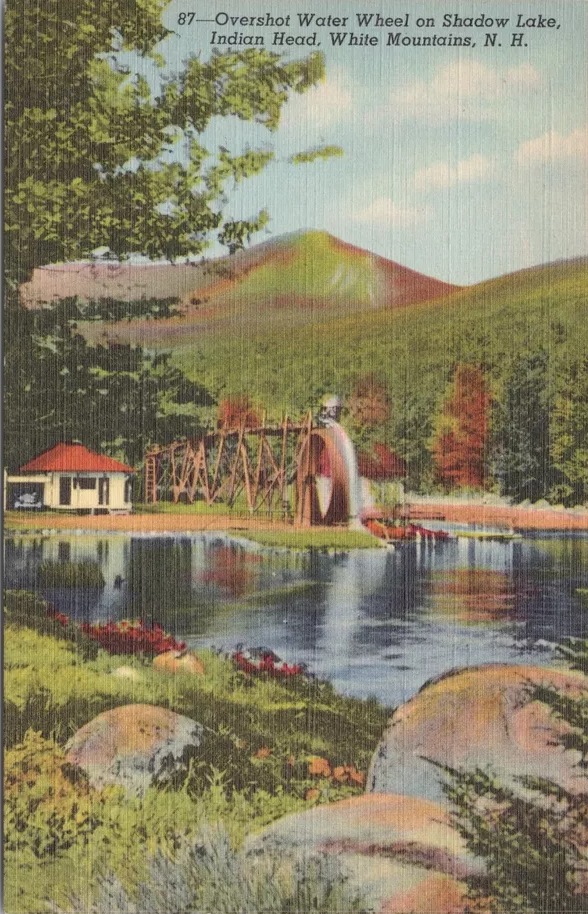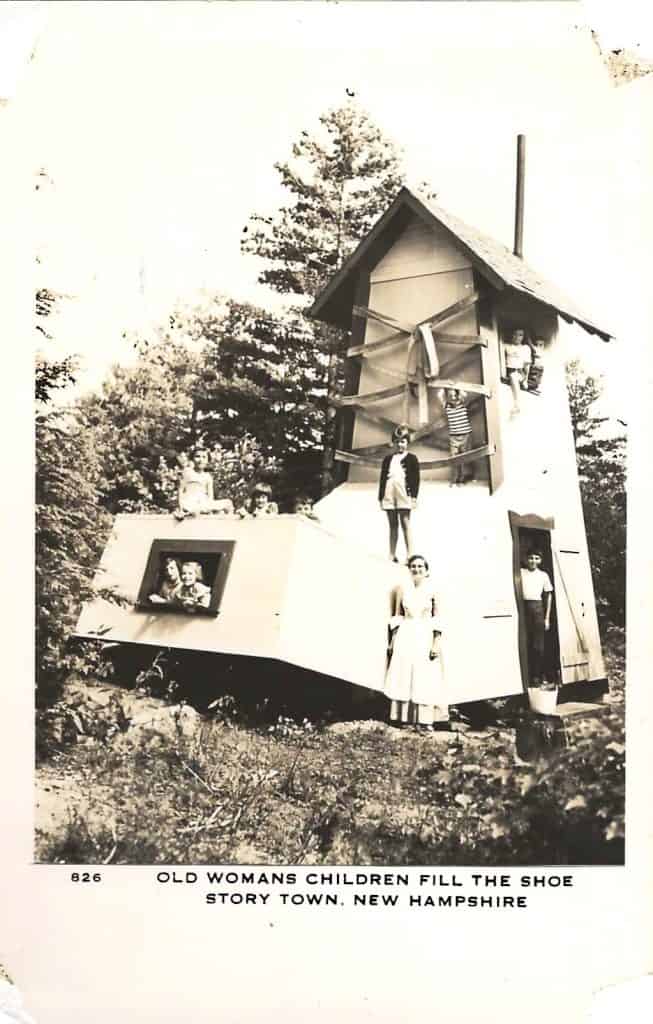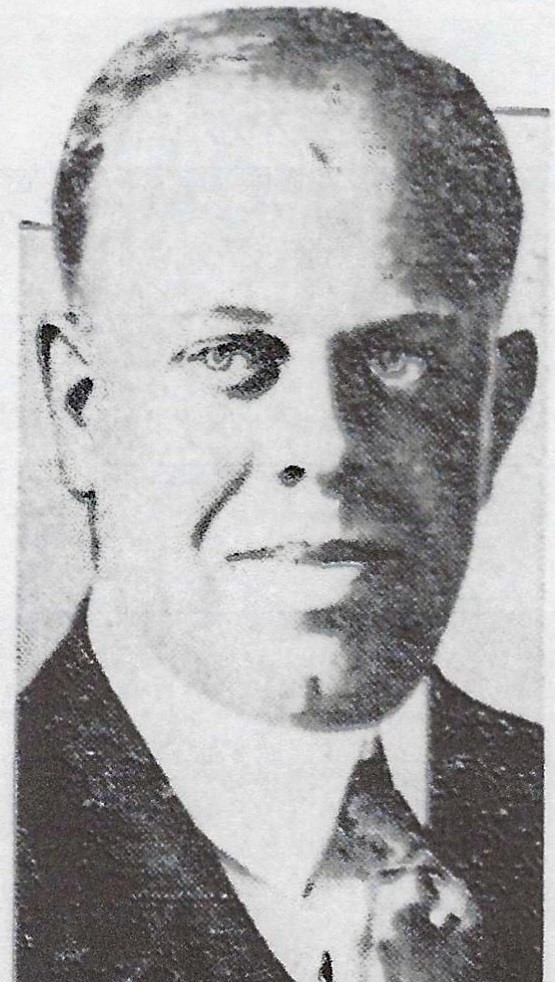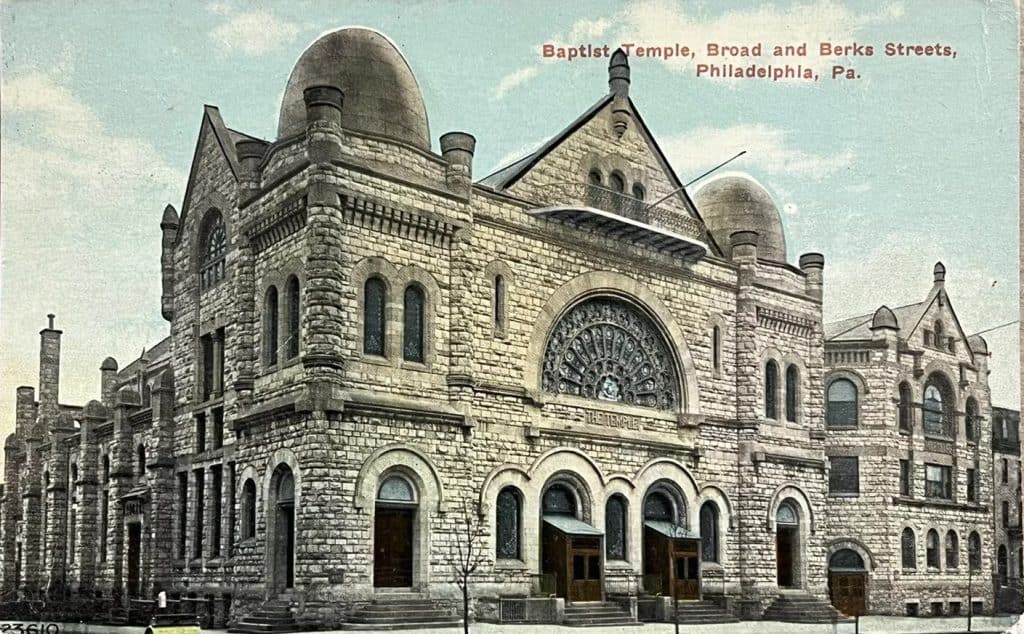There are very few country roads left in America that seemed to be “purpose built” for a tranquil Sunday afternoon drive. If you are unfamiliar with the term, a Sunday Drive is family time of relaxation for dad, a day away from the kitchen for mother, and perhaps two or more kids sitting in the back seat, each at one point or another along the way, screaming, “Are we there yet?”

Not so, in New Hampshire, along the Kancamagus Highway, also known as New Hampshire state highway #112. Route 112 is approximately fifty miles from end-to-end; starting in Woodsville, on the banks of the Connecticut River in the west to the town of Conway, about ten miles from the Maine border. As your rip-along the road at a bewildering 38 miles per hour, the sights and scenes are too numerous to mention, but one you can’t afford to miss is the Water Wheel at Indian Head, (near Lincoln) New Hampshire.
You will have to leave Rt. #112 and go up Route 3 for about four miles to see the wheel but be prepared, it doesn’t look today like the postcard – someone painted the wheelhouse white and the wheel a bright gaudy red, but it is still charming and a delightful place to spend an hour with a picnic basket full of lobster rolls and cold iced tea.

Your New Hampshire tour continues toward the east. After you return to the Kancamagus Highway, Route #112 goes up and over a truly beautiful section of the White Mountains. You must travel a bit more than twenty miles to Conway where you will find state route 16. Go north to the village of Glen and look for signs to Story Land.
In 1954 Story Town opened as an amusement park for toddlers; it had one ride, an old fire truck called “Freddie the Fire Engine.” The park was renamed Story Land after its first year because another park in upstate New York was already using the name Storytown.
On May 25, 2024, Story Land will open for their 70th summer season.
Today the park has 23 rides, ten attractions, 12 interactive nursery rhymes, and eight animal attractions, one of which is “Mary Had a Little Lamb” where children get to pet baby sheep and feed them treats made with barley crackers.
Travel in New England is always such a pleasure; the distances are short, five of the six states are small but picturesque and fascinating in so many ways – especially in the late summer and fall. Even the sunshine is different. If you meander, instead of beating miles on the Interstate Highways, from the rugged coastlines of Maine, Massachusetts, and the few beach towns of New Hampshire, you will find that most towns and villages offer historic landmarks, quaint shops, and a variety of restaurants that serve fresh seafood and farm-to-table delights.
While in southern New Hampshire, about twelve miles west of Manchester, at the intersection of state highways #77 and #149 you will find a village named Deering. It is the site of a most unusual stone structure – the Rev. Dr. A. R. Petty’s Pulpit.
If you were a practitioner of the Baptist faith, in New England, New York City, Philadelphia, or Kansas City, Missouri in the late 1910s to the early 1930s and you had never heard of Reverend Petty, you simply weren’t paying attention.

In the two decades between the world wars, life in America saw significant cultural, economic, and social changes. In the “Roaring Twenties,” life was a struggle between tradition and freedom, especially when women suffragists were working toward the passage of the 19th Amendment. The Harlem Renaissance saw a surge in African American cultural expression. Late in the decade the economy grew, with the rise of industries like automobile manufacturing and consumer products. The 1930s, however, were marked by the Great Depression, which led to widespread unemployment, poverty, and social unrest. Despite the challenges, American society continued to evolve, but throughout most of America, if there was no rebel to stir up the proverbial hornet’s-nest, one would soon appear on the horizon.

Aside: The noun “rebel” in the decade of the 1860s had a very negative connotation. The verb “rebel” on the other hand was to show displeasure with authority.
One of the rebels of this era was the Reverend Alonzo Ray Petty. His rebellion was not a common disregard of dogma within his faith, it was a gentle nudging of standards that to him were unacceptable practices for the fundamentalist believer.
Petty was born in California in 1887, he was the son of a Baptist minister and theologian. He married Nancy L. Tedford in November 1911 while still in college. They had one son, Alonzo, Jr., and one daughter.
He was educated at the Union Theological Seminary in Morningside Heights, Manhattan that is affiliated with Columbia University. He earned his doctorate at the Rochester Theological Seminary and ordained in 1917.
The reverend’s service to his faith began at the Judson Memorial Baptist Church on Washington Square in New York City where he developed a reputation as a gallant orator and a man with broad sympathies. He moved to Philadelphia in 1926 to replace the Reverend Russell H. Conwell, the founder of the Baptist Temple Church at Broad and Berks Streets and Temple University.
While in Philadelphia Petty’s liberal Christian practices came into relentless and heated conflict with the Baptist community of the Baptist Temple. He resigned in 1929 and moved to Kansas City.

Petty’s connection to Deering, New Hampshire, developed after his move to the mid-west. Deering was a center for many faith-based summer retreats, thanks to the wealth and generosity of Eleanor Campbell, a multi-millionaire devotee of good causes. Petty was not the only prominent Protestant to appear in Deering. The Reverend Daniel K. Poling (a colleague of Norman Vincent Peale) was also a frequent visitor.
Petty was taken ill in Deering late in the summer of 1932. He seemed to be healing but on his return trip to resume his duties he relapsed and died on October 26, in Abington, Pennsylvania. He was 45.
Petty and Poling are both buried in Deering, New Hampshire.
***
And, this from the department of “some things never change.” If you are mildly curious as to why the Reverend Doctor Petty aroused so many hackles among the company of his Philadelphia followers, it was because he invited “Negros” to join the Baptist Temple.
Growing up in NJ in the1950s, I remember “Sunday drives”. Other reasons for taking these rides was to show-off your new 1950s automobile with the wrap-around windshield, 3-tone paint jobs, and tail fins. It was also a way to explore President Ike’s new highways. At 25 cents a gallon, gas was cheap. During these trips we could stop for the wonderful fried clams offered at Howard Johnson’s.
Reminiscent of my own 1950’s childhood in Massachusetts. Story Land was “the bomb.” Thanks for the memories.
Being a native of North Conway, NH (6 miles south of StoryLand) as a child I had the privilege to visit StoryLand at least once a year and experience it as a “theme park.” Over the years, it inspired me to reach for higher goals and think outside the box. I knew the owners and their family and many folks and family members in our local area worked there. My mother worked at the candy shop, my aunt was “the old woman in the shoe” and uncle was “Heidi’s grandfather.” A neighbor and family friend even supplied the place with… Read more »
It’s good to know that Story Land is still operating.